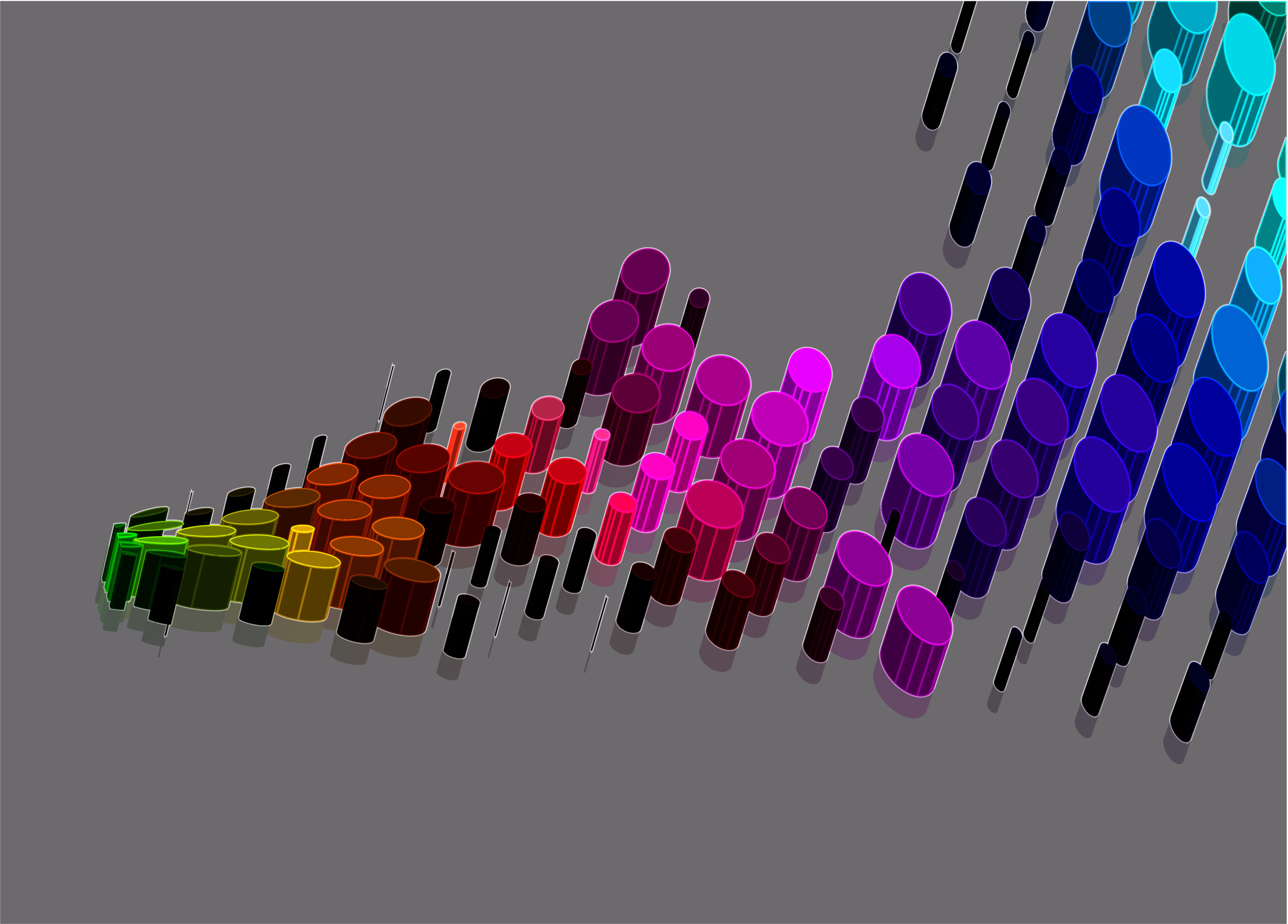Color Trading Charts: Because Sometimes, Trading Needs a Splash of Hue and a Hint of Luck
Alright, let’s dive into the world of color trading charts—the mysterious, vibrant, and sometimes confounding landscape that’s somewhere between a Picasso painting and a Wall Street graph. Yes, trading isn’t just about numbers and candlesticks anymore; it’s now about colors. Red, green, yellow, even the tricolor of the Tiranga—trading has found a way to add shades to the game, turning a plain old price chart into something you might actually want to look at for more than a few seconds. But let’s not be fooled—understanding color trading charts is a skill, an art, and maybe even a bit of a gamble.
So, What Exactly Is a Color Trading Chart?
Imagine a trading chart, but instead of just boring lines and squiggly numbers, it’s got vibrant colors that signify different market moods and trends. Think of it as a mood ring for the stock market. If red means stop and green means go, color trading charts expand that palette to tell you not just “buy” or “sell,” but everything in between.
A color trading chart isn’t your regular black-and-white investment advice. It’s intuitive, visual, and, some say, easier to grasp for those who think in visuals instead of numbers. This could be a blessing for the artistically inclined, but it’s also a bit like playing poker with a neon sign shouting, “You’ve got this!”… until it doesn’t.
A Brief Look at the Colors of the Chart Rainbow
Let’s break down the color coding, which often varies from chart to chart but usually sticks to a few basics:
- Green: The universal sign for “buy.” It’s like a thumbs-up from the trading gods, suggesting the stock or currency is doing well and might continue to go up. Just don’t confuse it with too much optimism.
- Red: Danger, Will Robinson! Red usually signals “sell” or indicates a bearish trend. This is the market equivalent of “brace for impact.”
- Yellow/Orange: This one’s the “hmm” of the trading world. Not quite ready for action, but also not something to ignore. Yellow can indicate a stable point, a potential reversal, or sometimes simply “proceed with caution.”
- Blue: Calm and steady, blue is often used to indicate neutrality. It’s like the Switzerland of your color trading chart—watch, but don’t necessarily act just yet.
And then there’s the Tiranga, the Indian tricolor of saffron, white, and green. Yes, even the Indian flag’s colors have been adapted into color trading charts as part of a unique market system. In the Tiranga chart, saffron might indicate positive movement or high volume, green for market growth, and white might represent neutrality. It’s patriotic, yes, but it also gives a splash of personality to your trades.
How to Read a Color Trading Chart Without Losing Your Mind
So, here you are, staring at a beautiful mess of colors, each shade hinting at a different move. But let’s be real—without understanding patterns, these colors might be as cryptic as modern art. The key lies in understanding color trading chart patterns. Imagine it like this: while each color tells you the mood, the pattern shows you the rhythm.
For instance, if you see a pattern of green and red bars alternating consistently, it could suggest a volatile market. However, a long sequence of green bars might mean an uptrend, signaling it could be time to buy in. On the flip side, a sequence of red—well, that might be your cue to check your wallet and decide if you’re ready for a bit of loss.
Why Color Trading Is Trending—Hint: It’s Not Just for Artists
Here’s the catch with color trading: it’s oddly accessible. People new to trading often find it simpler to interpret a color code than raw numbers, percentages, or technical jargon. A red bar simply screams “Warning!” while green’s inviting vibe can be a relief. It’s not exactly foolproof—there are no promises in trading, after all—but it’s undeniably appealing.
Color trading has become something of a bridge, bringing in folks who might otherwise have been intimidated by the numbers-heavy world of finance. It makes trading feel less like math class and more like something you might actually enjoy. But the appeal doesn’t end with beginners; even seasoned traders use color charts for quick mood checks or pattern spotting.
Is Color Trading Charting as Easy as It Seems?
If it were as simple as playing a colorful game, we’d all be financial moguls. But, alas, here’s where things get tricky. Just because a color chart looks easy doesn’t mean it’s going to automatically lead you to profits. There’s an art to knowing how much to trust the colors versus looking at the fundamentals. It’s easy to fall into the trap of “Green! Go!” without understanding why green appeared in the first place. That’s like diving into the deep end because the water looks calm on the surface.
The Tiranga color trading chart, for instance, adds an additional layer of cultural nuance. You’ll see people using it as a tool to analyze stock and commodity markets with a touch of patriotism, but again—color is only as reliable as the pattern it presents. A single green doesn’t guarantee a safe buy, and a lone red doesn’t mean it’s time to sell your soul.
Making the Most of Color Trading: Some Humble Advice
If you’re going to dive into color trading, here’s my advice:
- Take It with a Pinch of Salt: Don’t get hypnotized by the colors. They’re signals, not certainties.
- Look for Patterns, Not Just Hues: A single red or green shouldn’t make or break a decision. Wait for patterns to form; they tell the real story.
- Remember: No Risk, No Gain: Color trading can look deceptively safe, but it’s still trading. Don’t bet your savings on a green bar alone.
- Embrace the Art: Color trading is equal parts science and intuition. Learn to appreciate the aesthetics while making smart moves.
Final Thoughts: A Colorful Path to Success?
Color trading charts bring an artistic flair to finance, which is probably why it’s taken off with such force. It’s a bit of fun mixed with serious money-making potential, wrapped up in a format that anyone can understand (or at least admire). But let’s not forget—it’s a tool, not a magic wand. While colors can help guide your trades, the true trick is balancing these visual cues with solid financial insight.
So, the next time you’re faced with a color trading chart, remember: every color is a mood, every pattern is a story, and every trade is a lesson. Here’s to making sense of the rainbow, one shade at a time.


